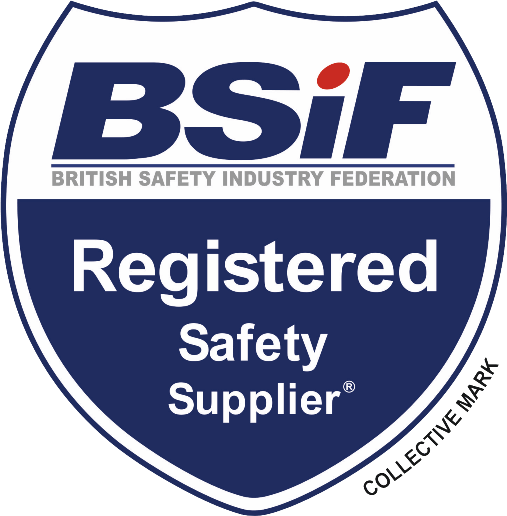One foundry manager embarked on a long search for protective boots that would not only shield employees’ feet from intense furnace heat and metal splashes but also last for more than a month. He found more than he bargained for at Rock Fall.
Credit: Kim Phelan
Working in a foundry puts a new spin on the old saying about walking a mile in someone’s shoes if you want to understand what they’re going through. Foundry Manager Dylan Hogle at ZD Metals Products in Petoskey, Michigan, stood rather than walked just where his metal tender’s feet stand for 30 minutes at a stretch, about four times per day, next to furnaces where the temps exceed 600F––and his feet had an epiphany: We need to do better at protecting this guy.
And so began a nearly two-year search for a better foundry protective boot. Many that Hogle found online met ANSI standards for withstanding a few seconds at up to 300F, and, frankly, he was unimpressed. But it was even unusual to see the plain facts of a product in the worldwide wilderness of online hunting.
“You wouldn’t believe how hard it is to get direct information on how long a boot will last you when exposed to the heat,” Hogle said.
In November 2019, his research finally gained some traction. One manufacturer, Rock Fall in the UK, states on its website real temperatures and real durations of time for which their boots could protect, said Hogle. Even before downloading specifications and testing information, visitors at rockfall.com are told upfront that the Helios RF8000 boots, made specifically for the foundry environment, can withstand molten splashes up to 1400C/2552F.
“It was the highest I’d ever seen so I reached out to them,” said Hogle. “I told them what the situation was and they gave me a direct solution and provided me with different lengths of time the boot could be exposed to certain temperatures. It made me feel like they knew what they were talking about.”
Takin’ Heat
Despite the challenge of not yet having a U.S. distributor, Rock Fall was quick to respond, and within a week Hogle received a trial pair of Helios RF8000 boots.
Most boots Hogle is familiar with might have helped Hanzel and Gretel out of the forest, but their too-common, melting-tread footprint after a few weeks––or even days––is the tell-tale sign of inadequate and short-lived protection for foundrymen. The rapid breakdown of some boots––even those in the $300 price range––means that within a month, Hogle said, it will feel like you’re wearing nothing protective on your feet; and blisters are typical.
So the fact that ZD’s metal tender, Kaelan Whitehead, is still wearing his Helios RF8000 boots four months later for his 10- to 12-hour daily shifts is exceptional. Hogle says this employee is exposed to 1300F-degree magnesium spills during drossing and goes so far as to say:
“You could literally take a ladle full of magnesium––even though you don’t ladle magnesium––but you could take it and dump it right down to your foot and it runs right off. That's one of the best parts about [Helios RF8000 boots]––we haven't had metal stick to the boot and penetrate the boot.”
Whitehead reports he finds the boots comfortable both in their heat-resistance and support while on his feet all day and has exclaimed to Hogle,
“‘Why didn’t we have these boots three years ago?’ I bet he’d have been through 50 pairs of boots [from other brands] in three years,” Hogle added.
He said ZD Metals is currently developing an employee-assistance program to enable everyone who needs the protection to acquire a pair of Rock Fall boots, which retail for about $250. The Helios RF8000 boots are stocked in the Rock Fall North America Warehouse in Tennessee and are available in the U.S. on Amazon and through Diverse Supply Solutions LLC, diversesupplysolutions.net.
Tested by Fire … and More
In 2017, Rock Fall worked with UK-based Cast Metals Federation (CMF) to arrange foundry testing of the Helios RF8000 and Vulcan RF7000 boots–– both certified to EN ISO 20349-1:2017––at WM Lee Ltd., a division of Castings PLC. In collaboration with SATRA, an independent research and testing organization in the UK, as well as the Health and Safety team at WM Lee Ltd., a range of enhanced tests were devised that could be safely conducted and measured. Watch the boots dipped into a fiery furnace at: https://bit.ly/boot-fire
Tests included:
- A splash test, which was a variation of one found in the European standard, with significantly more molten metal used; boot was not penetrated.
- A three-point 932F, sole unit, toecap and upper heat application test, which caused the boot no significant damage.
- A three-part impact and crush test on the toecap comprising a single boot being struck twice by an industrial crane magnet, rolled over by a forklift and finally rolled over by a Class 1 HGV tipper; the toecap was uncracked.
Hogle offers a word of advice for fellow foundrymen (and women):


